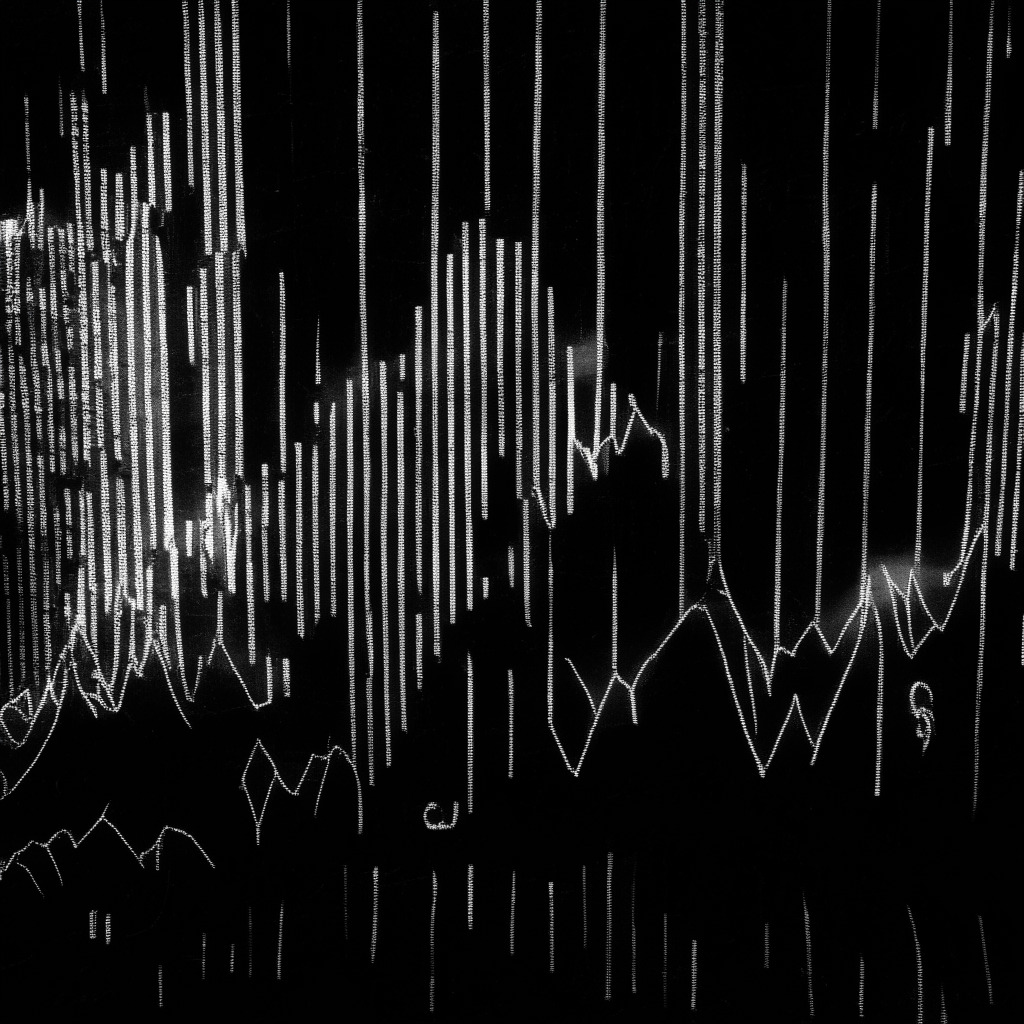The latest figures from the Consumer Price Index (CPI) reveal a rise of 0.6% for August, aligned with financial forecasters who anticipated the same figure and marking an increase from just 0.2% in the preceding month. Over the course of a year, the CPI increase has accelerated to 3.7%, outpacing predictions of 3.6% and even July’s statistics of 3.2%.
However, delving deeper and stripping back food and energy expenses, we witness a different scenario. The core CPI, an important metric that provides a clearer inflationary snapshot, showed a gain of 0.3% against an expected 0.2% increase and a 0.2% gain from the month before. Following the yearly trend, the core CPI took a downward turn to land at 4.3%, matching economists’ expectations but falling from July’s 4.7%.
Keeping pace with these fiscal trends, cryptocurrency giant Bitcoin‘s price remained fairly stable, clocking in at $26,100 immediately following the CPI revelations.
Interestingly, August’s headline inflation figures have been largely influenced by soaring oil prices, with WTI crude oil peaking considerably, a trend continuing into September. This marks the highest levels of oil pricing experienced since 2023, which has a marked impact on inflation.
Despite this data, one could infer that the U.S. Federal Reserve may derive some solace from the continually subsiding core inflation which, at present, is at its lowest rate since the middle of 2021. Thus, while many may focus on the increasing CPI, there is an opposite trend occurring in the core yearly CPI, hinting at a possible leveling out of inflation rates.
Overall, while the surge in headline inflation could become a significant concern for investors, if the downward trend in core inflation continues, it could dispel fears of runaway inflation. However, the question stands: In the volatile milieu of global economics, can a continuous damper on the core inflation rate truly offset potential market volatility? A healthy blend of optimism and conservatism is perhaps the best way forward in interpreting these numbers. The significant role of oil prices in shaping the inflationary landscape should also not be ignored, painting an interesting backdrop to this economic tale.
Source: Coindesk




